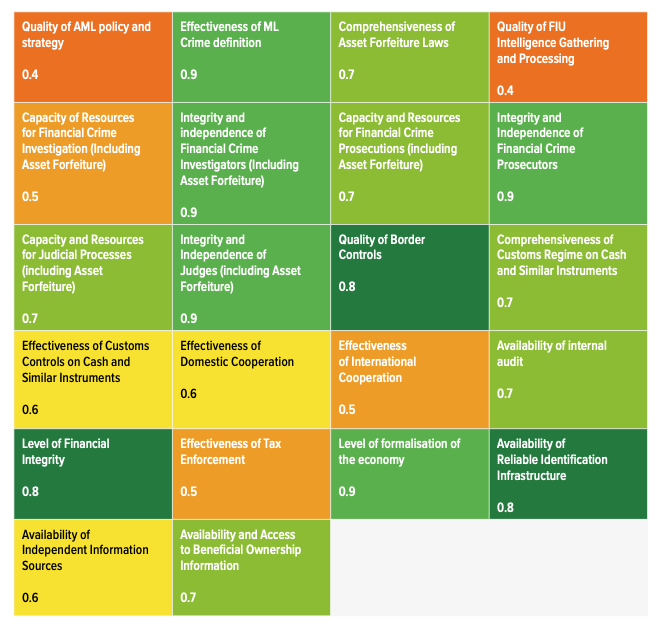

Once run, the first thing the Trojan does is obtain the public key (PK) from its C&C server. Also, as the computer files are overwritten, it is impossible to retrieve them using forensic methods. This way, the Trojan makes sure that only the owner of the private RSA key can obtain the random key used to encrypt the file. Then, it encrypts the random key using an asymmetric public-private key encryption algorithm (RSA) and keys of over 1024 bits (we’ve seen samples that used 2048-bit keys), and adds it to the encrypted file. The Trojan generates a random symmetric key for each file it encrypts, and encrypts the file’s content with the AES algorithm, using that key.

More specifically, the victim receives an email with a password-protected ZIP file purporting to be from a logistics company. However, unlike the Police Virus, CryptoLocker hijacks users’ documents and asks them to pay a ransom (with a time limit to send the payment).ĬryptoLocker uses social engineering techniques to trick the user into running it. This continues the trend started by another infamous piece of malware which also extorts its victims, the so-called ‘ Police Virus’, which asks users to pay a ‘fine’ to unlock their computers. CryptoLocker is a family of ransomware whose business model (yes, malware is a business to some!) is based on extorting money from users.


 0 kommentar(er)
0 kommentar(er)
